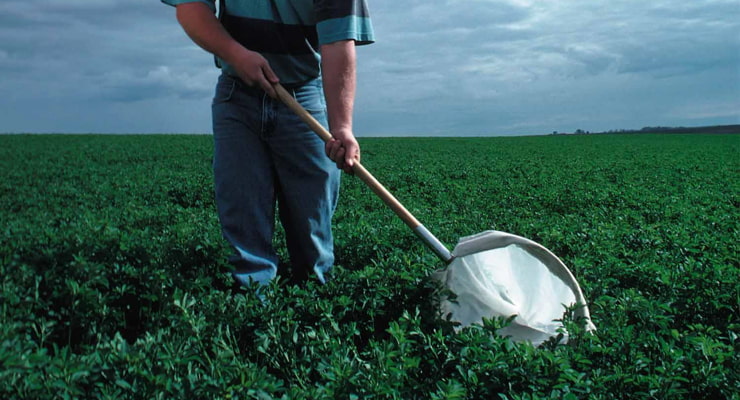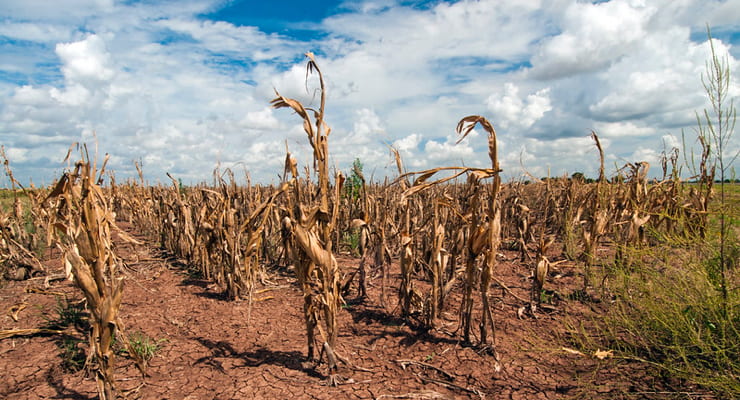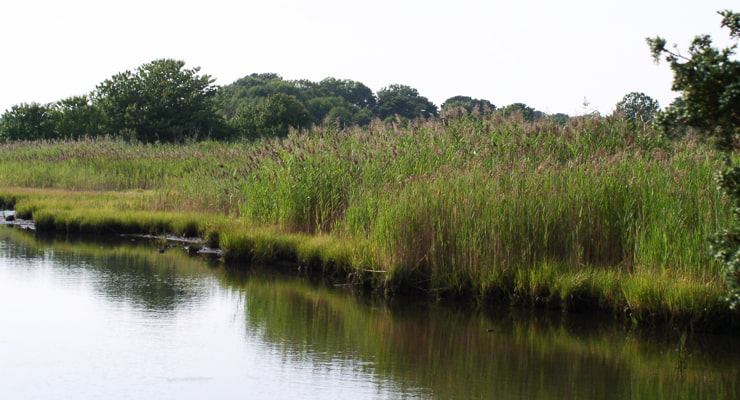Plants
Plants are a vital component of healthy environments and ecosystems. They can help reduce erosion and improve water quality by holding soil in place, provide food and habitat for wildlife, and supply our food, building materials, fuel, and clean air.
Get Assistance for Your Conservation Issues
Review common plant problems below and add issues you may be experiencing to My Conservation Concerns List. If you are experiencing other types of problems, continue to build your list by exploring the categories at the bottom of each page.
When you’re done, click Build Your List to finalize your list and get connected with free assistance from our conservation experts.
Note: NRCS is not a regulatory agency. None of your answers will be recorded or reported.
Locate Your USDA Service Center

Service Centers Found for County
Select one or multiple Service Centers.
Issues Causing Plant Damage
Plant pests
Plants generally live alongside other plants, insects, fungi, bacteria, and viruses without major issues. However, these organisms can become plant pests when interactions between the organisms and plants become unbalanced and begin to cause damage.
Some examples of plant pests are undesired plants, insects, diseases, animals,
soil borne pathogens, and nematodes that cause excessive damage to plants and plant communities.

Crop consultant scouts field for pests in Iowa
Causes
- Plants suffer from attacks by pests or disease
- Weeds or invasive plants out-compete desired crop or desired plant community
- Plants are weak or not thriving
Possible Solutions
- Use Integrated Pest Management to employ early detection, avoidance, and treatment of pests
- Consider brush management, vegetative weed control, mulching, or prescribed grazing or burning
- Use plants adapted to soils
Resources
Reduced plant productivity and health
Plants can become less productive or have diminishing health due to a number of causes such as inadequate soil fertility, improper nutrient applications, mismanagement of soil condition (physical, biological, chemical), lack of water, weather events like drought or flooding, or inadequate adaptation to their environment. Reduced plant productivity or quality can also impact other resources.

Corn shows the effects of a drought in Texas
Causes
- Plants receive inadequate nutrition during critical growth periods
- Plants fail to thrive due to poor soil conditions
- Plants wilt, freeze or rot even during normal conditions
- Plants not adapted to site
- Plants are grazed or harvested below adequate stubble heights for adequate energy reserves
Possible Solutions
- Use nutrient management to address the form, rate, placement, and timing of nutrient application
- Consider crop rotations, deep-rooted cover crops, drainage, and deep tillage
- Consider alternate crops/trees or different plant varieties
- Manage grazing periods to alter timing frequency, duration during seasonal growth variations
- Manage harvest heights
Resources
Reduced plant diversity
When plant communities are degraded, plants may lose the ability to grow, thrive, or outcompete weeds. When plant diversity is reduced, plants can become stressed which makes them more susceptible to disease or insect damage or can lead to increased fire risk.

The common reed has invaded this salt marsh in Massachusetts
Causes
- Pests, disease, fire exclusion, wildfire, and/or mismanagement reduces or eliminates key components of the plant community
- Invasive species outcompete desired plants
- Loss of or change in natural disturbance regimes (e.g., fire, wind, flooding, weather patterns)
Possible Solutions
- Employ or modify use of cultural practices (e.g., grazing, burning, mowing, pruning)
- Treat or remove vegetation to reestablish desired habitat
- Control invasive species and utilize integrated pest management techniques to maintain the plant community
- Reestablish desired plant community
Resources
Wildfire threat
Overly dense plantings, “fuel ladders” of dry branches extending from tree trunks and debris or litter (sticks, stalks, and leaves on the ground) can create an increased risk of wildfires. When wildfire occurs, it risks human safety, structures, plants, animals, and air resources.

Young trees act as ladder fuel when they grow under large trees
Causes
- Overstocked forest increases the risk of fire outbreak
- Continuous fuels increases the risk of the spread of fire
- Abundance of ladder fuels increase fire intensity and potential rate of spread
- Lack of planning on how to respond to fire increases risk to life and property
Possible Solutions
- Thin excess trees and brush
- Reduce ladder fuels
- Treat or remove vegetation, debris, and detritus
- Implement management in Wildland Urban Interface (WUI) areas
- Create and implement a wildfire plan:
- Post fire control agency phone numbers
- Locate and map water sources
- Map out evacuation routes
- Equip vehicles with fire fighting tools
Resources


My Conservation Concerns List
The concerns you add will appear below. When you’re done adding issues, click the button below to finalize your list and find your local USDA Service Center.
